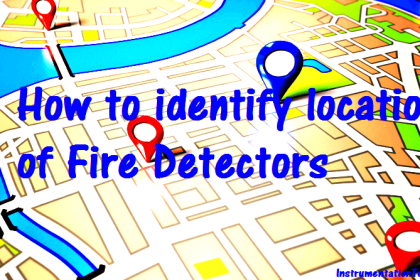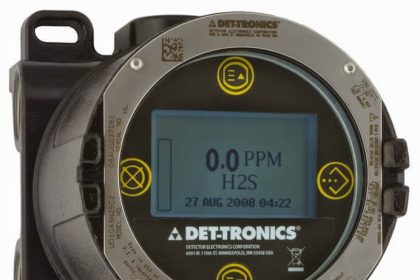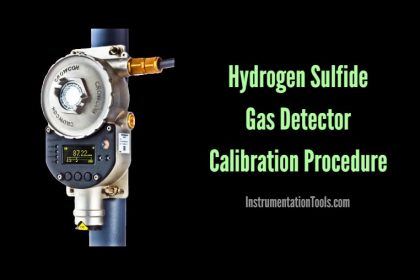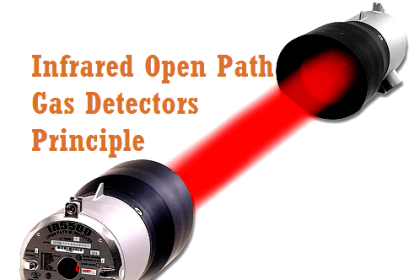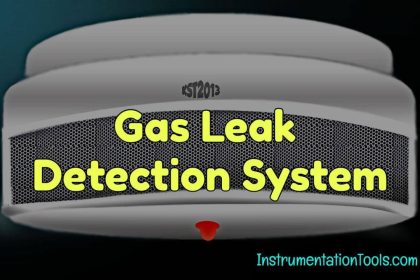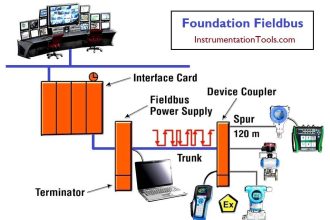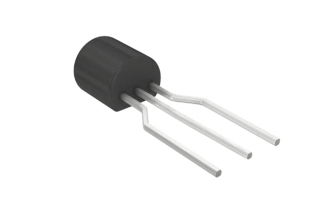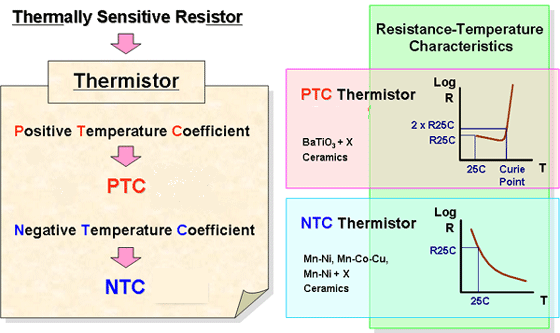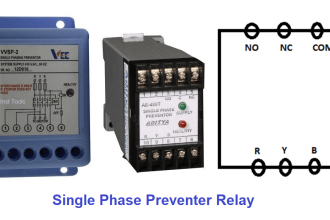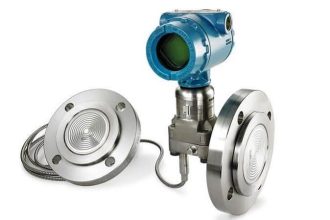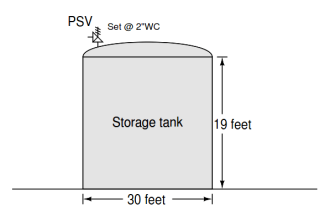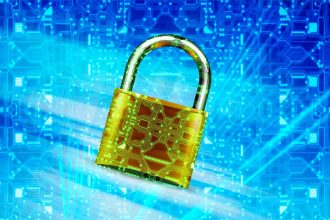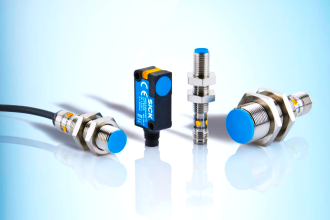The Photoionization Detector (PID) applies ultraviolet light to the detectable gas to ionize it. This causes an ion current to be generated. The sensor measures this current to determine the gas concentration.
It detects a wide range of gases, irrespective of whether they are organic or inorganic. It is generally used to measure ppb to ppm levels of concentration of volatile organic compounds (VOCs).
This detector is used to measure toxic gaes.
Photoionization Detector (PID)
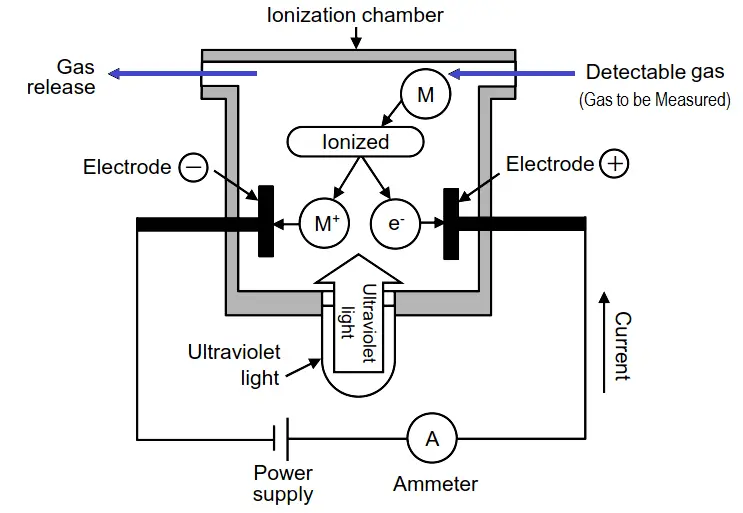
The sensor consists of an ionization chamber for letting in the detectable gas (gas to be measured), an ultraviolet lamp for applying light, and positive and negative electrodes for detecting ion currents.
The detectable gas enters the ionization chamber and is exposed to ultraviolet light from the light source (ultraviolet lamp). This causes the gas to release electrons, generating cations.
The generated cations and electrons are drawn by the positive and negative electrodes, which causes a current to be generated. Since this current is proportional to the gas concentration, the sensor measures the current value to determine the concentration of the detectable gas.
Ionizing a detectable gas requires the application of photon energy larger than the ionization energy specific to that gas. Photon energy is expressed in the unit electron volt (eV). This sensor uses a lamp having photon energies such as 10.6 eV and and 11.7 eV. The larger the photon energy is, the larger the amount of detectable gas the sensor can ionize.
Source – rikenkeiki


